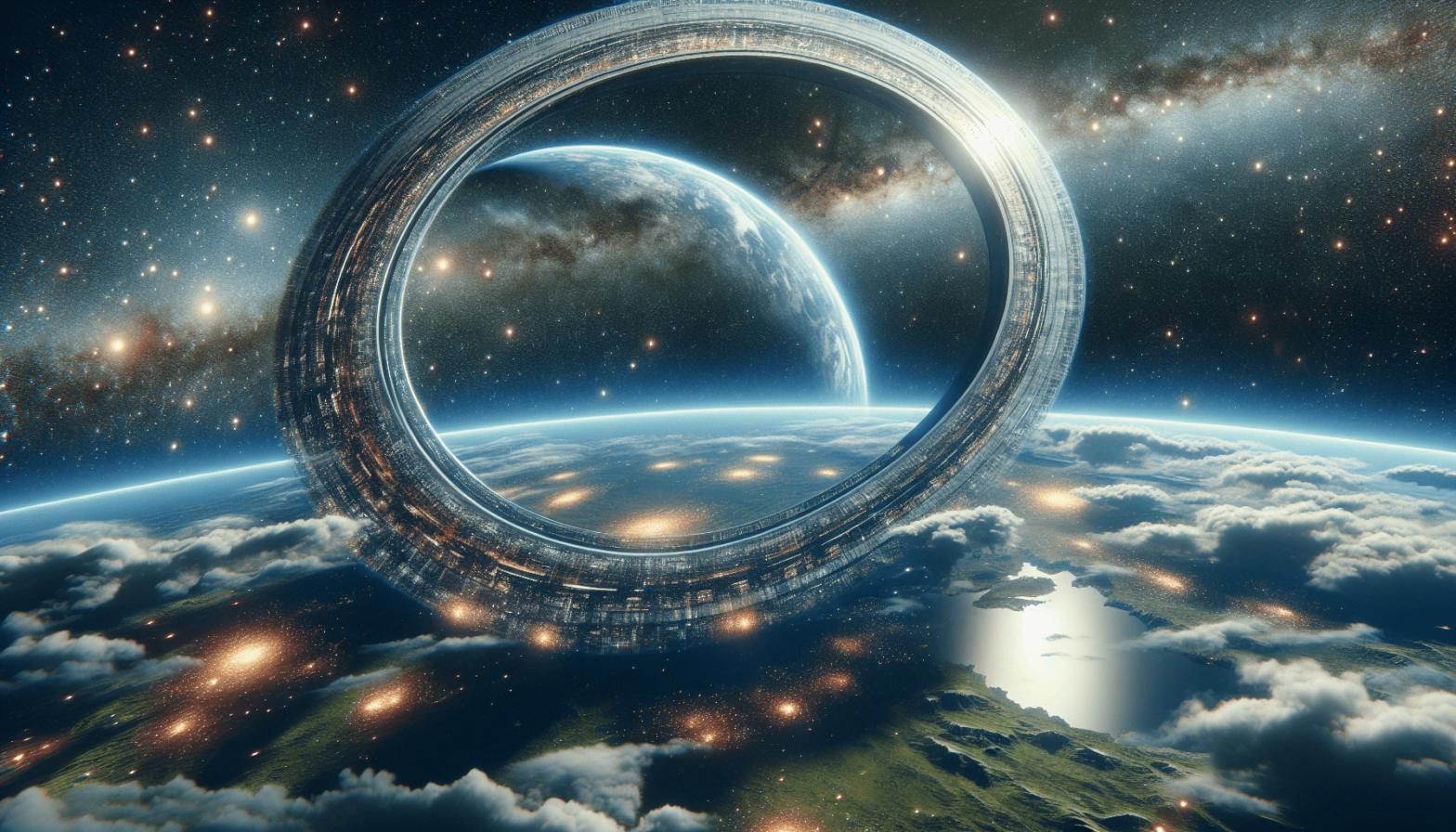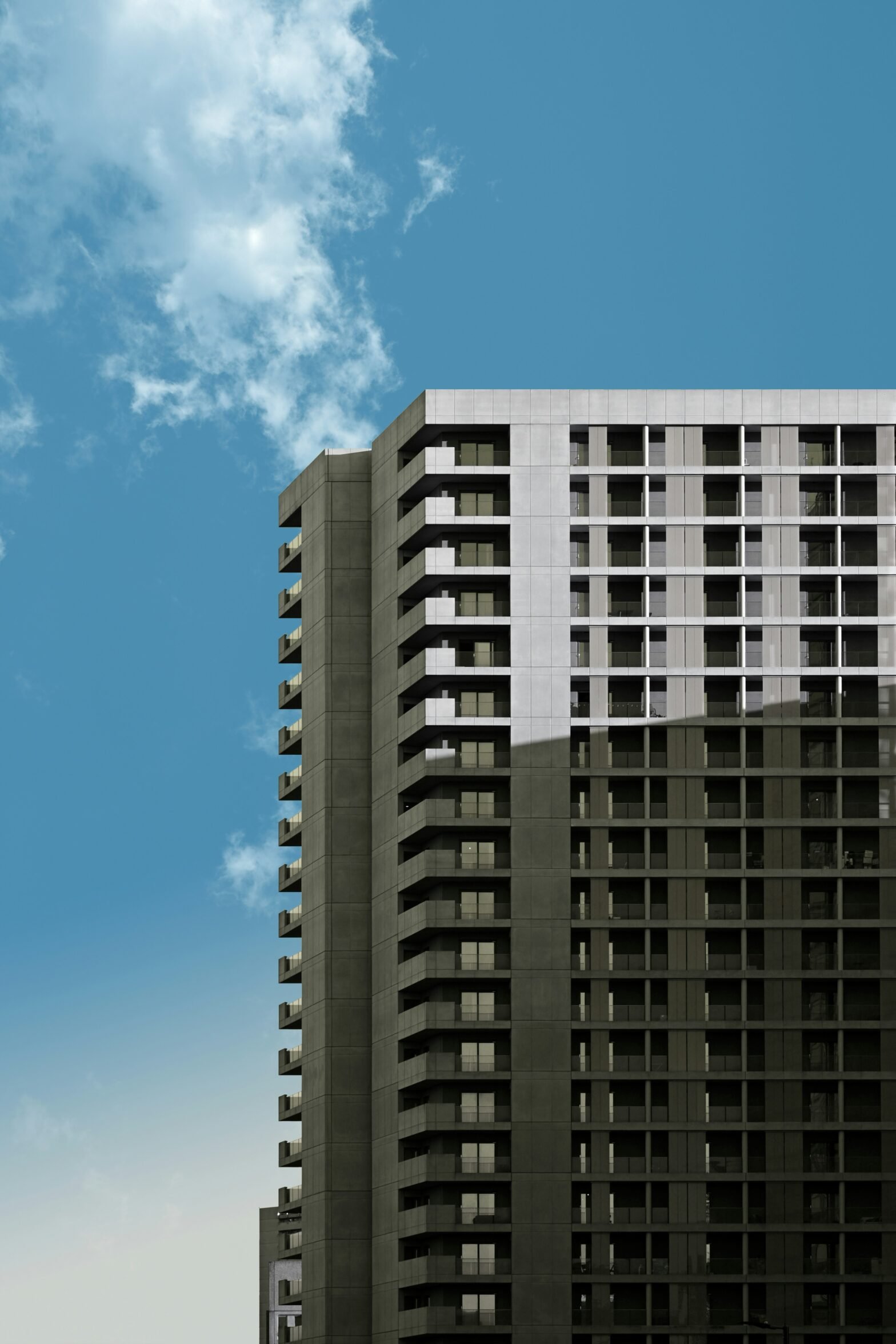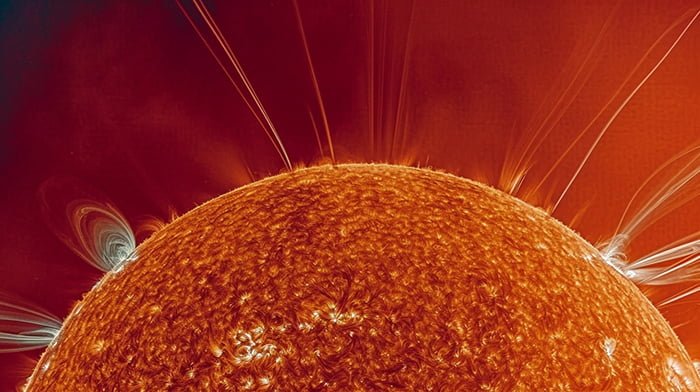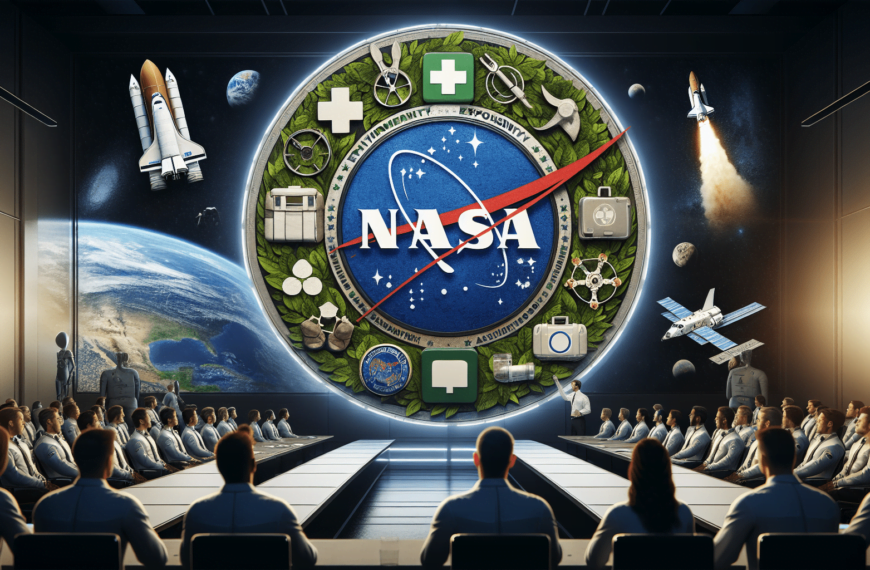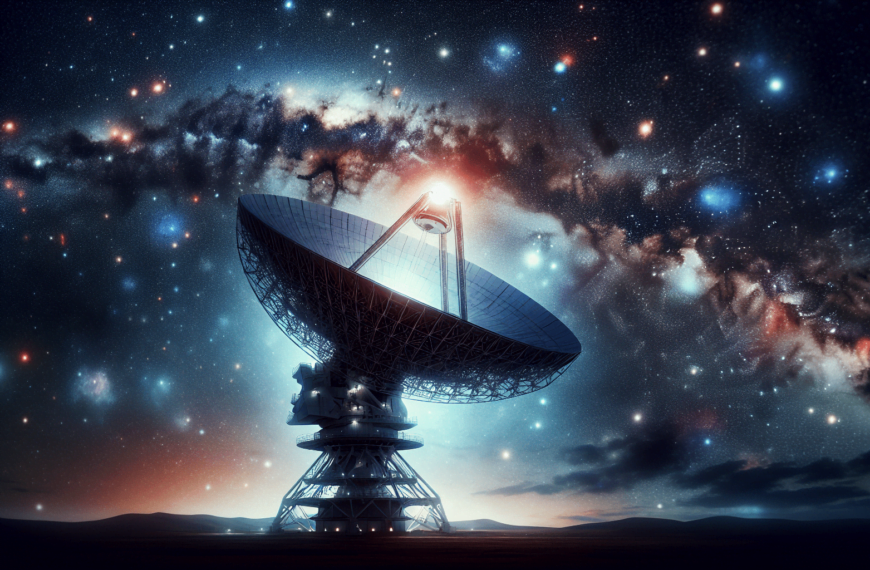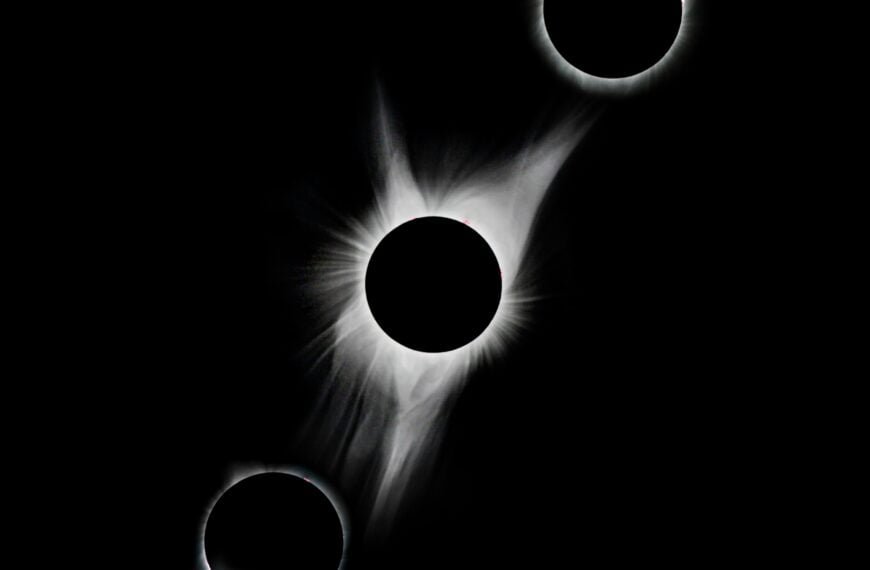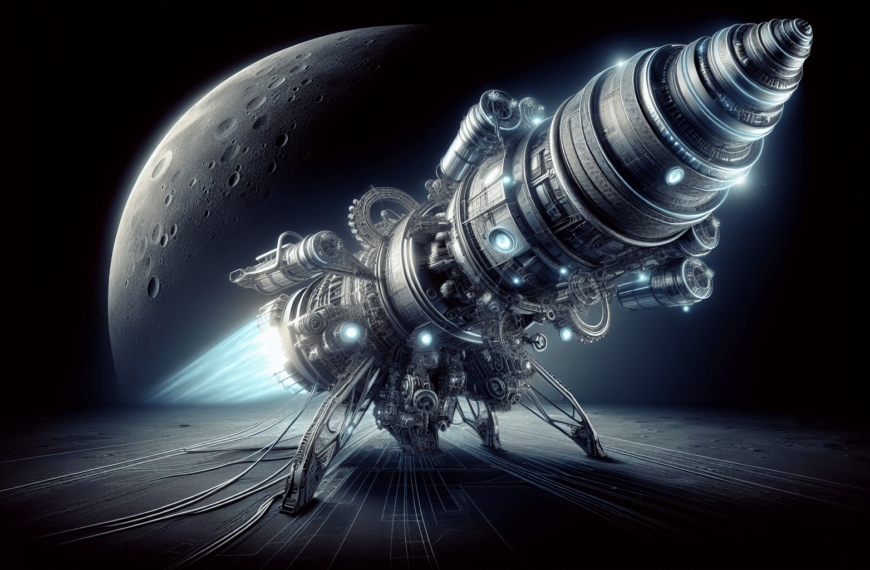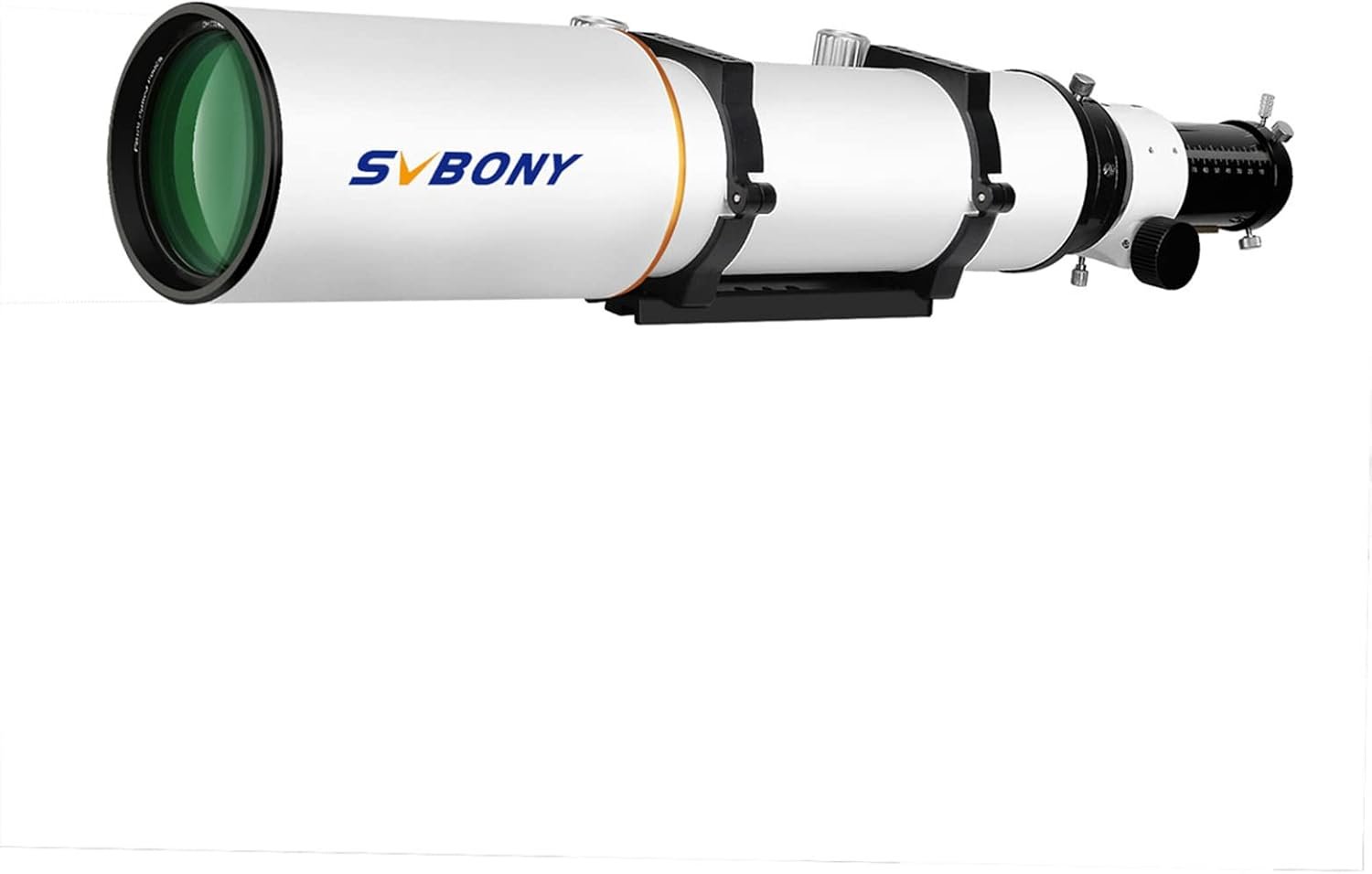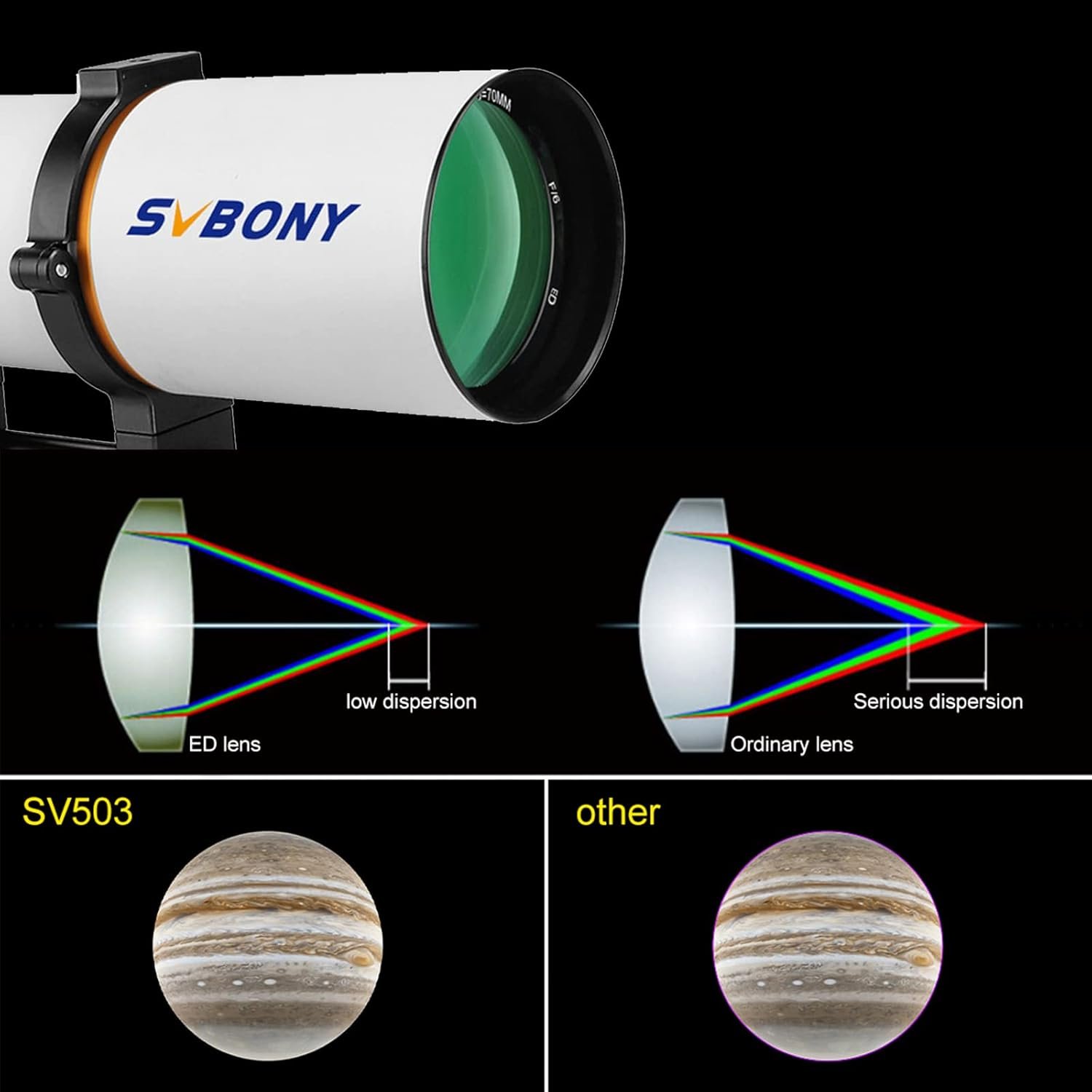In the early universe, galaxies took on some interesting shapes that differed from the spiral or elliptical structures we are familiar with today. Researchers have likened the shapes of these ancient galaxies to that of pool noodles and surfboards, offering a beach-themed analogy to help us picture them. While most galaxies we see now have a spiral or elliptical structure, the galaxies at the edge of our observable universe were flatter and resembled pool noodles or surfboards. This discovery sheds light on how these early galaxies formed and opens up new avenues for further exploration and analysis.
Introduction
Galaxies in the early universe: Pool noodle and surfboard shapes
In the vast expanse of the early universe, galaxies took on peculiar shapes that resembled pool noodles and surfboards. This discovery has provided scientists with new insights into the formation and appearance of galaxies in the early stages of the universe. Through extensive research and analysis, astronomers have uncovered surprising patterns and characteristics of these galaxies, shedding light on the mysteries of the cosmos.
Background
Description of galaxies in the early universe
Galaxies in the early universe exhibited strikingly different characteristics compared to those closer to us. Unlike the familiar spiral or elliptical structures we are accustomed to, these early galaxies had flattened shapes, resembling pool noodles and surfboards. This unique feature sets them apart from the galaxies we see today, offering a glimpse into the ancient origins of the cosmos.
Comparison to galaxies closer to us
In contrast to the flattened shapes of early galaxies, the majority of galaxies in our present-day universe possess either spiral or elliptical structures. These familiar shapes are distinct from the pool noodle and surfboard shapes observed in the early universe. By comparing and contrasting these two types of galaxies, scientists are able to draw valuable conclusions about the evolution and transformation of galaxies over billions of years.

Research Findings
Flattened shape of galaxies in two dimensions
Through meticulous analysis of data from the James Webb Space Telescope (JWST) and previous observations from the Hubble Space Telescope, researchers have determined that a significant portion of the galaxies studied appear flattened in two dimensions. This unique characteristic sets them apart from the three-dimensional structures commonly observed in galaxies closer to us.
Common occurrence of pool noodle and surfboard shapes
Surprisingly, the research findings indicate that galaxies resembling pool noodles and surfboards were quite common in the early universe. Although these shapes are rarely observed in nearby galaxies, they seem to have been prevalent billions of years ago. This unexpected discrepancy has generated great excitement among scientists, as it poses intriguing questions about the processes and conditions that led to this abundance of peculiar shapes.
Surprising nature of these shapes in the early universe
The prevalence of pool noodle and surfboard shapes in the early universe has astounded researchers. Given the limited time for galaxies to evolve during this period, one might have expected a more homogenous distribution of shapes. However, the existence of these distinctive forms challenges conventional assumptions about early galaxy formation. Further investigation is needed to unravel the underlying mechanisms responsible for generating these unique shapes.
Significance
Insights into formation of early galaxies
The discovery of pool noodle and surfboard shapes in the early universe has provided valuable insights into the formation of galaxies during this epoch. By studying these peculiar shapes, scientists can piece together the puzzle of how galaxies emerged from primordial cosmic conditions and evolved into the diverse array of structures we observe today. This newfound knowledge allows us to better understand the complex processes that govern the universe’s development.
Relationship between shape and appearance of galaxies
The connection between shape and appearance in galaxies has become increasingly apparent through this research. The flattened structures observed in early galaxies offer a unique window into their visual appearance and internal composition. By unraveling the relationship between shape and appearance, scientists can gain a deeper understanding of how the physical properties of galaxies manifest visually, further enhancing our ability to interpret and analyze astronomical observations.
Increased understanding of early galaxy formation
The prevalence of pool noodle and surfboard shapes in the early universe challenges conventional theories of galaxy formation. By uncovering this unexpected abundance of unique shapes, scientists can refine and expand existing models of galaxy evolution. This new understanding of early galaxy formation brings us closer to unraveling the mysteries of the universe’s infancy and helps paint a clearer picture of its complex and awe-inspiring history.

Remaining Gaps in Knowledge
Limitations of current research
While the recent research findings have shed light on the prevalence of pool noodle and surfboard shapes in the early universe, there are still limitations and unanswered questions. The available data is limited, and further observations and analysis are needed to fully understand the nature and implications of these unique galaxy structures. Additionally, the exact mechanisms and processes that led to the formation of these shapes remain elusive and require further investigation.
Need for further analysis and exploration
The discovery of pool noodle and surfboard-shaped galaxies in the early universe has opened up exciting avenues for future research. Scientists are eager to delve deeper into the data, analyze additional observations, and expand our understanding of these enigmatic structures. Continued exploration with advanced telescopes, such as the James Webb Space Telescope, holds the promise of uncovering more secrets about the early stages of galaxy formation.
Future Research
Continued observations with the James Webb Space Telescope
The launch of the James Webb Space Telescope opens up unprecedented opportunities for further research on early galaxies. The telescope’s enhanced capabilities will allow scientists to observe the universe with unparalleled depth and clarity, enabling the discovery of even more pool noodle and surfboard-shaped galaxies. Continued observations and analysis with this groundbreaking instrument will undoubtedly contribute to our ever-growing knowledge of the cosmos.
Expectation of discovering more early galaxies
With the continued advancements in technology and the capabilities of telescopes, scientists anticipate the discovery of many more early galaxies in the coming years. The expansion of our observational reach enables us to explore regions of the universe previously inaccessible, providing glimpses into the ancient past. By uncovering more examples of pool noodle and surfboard shapes, scientists will refine their understanding of early galaxy formation and gain valuable insights into the evolution of the cosmos.

Publication and Availability
Submission of research findings to The Astrophysical Journal
The research findings on pool noodle and surfboard-shaped galaxies in the early universe have been submitted for publication in The Astrophysical Journal. This esteemed scientific journal serves as a platform for the dissemination of cutting-edge research and allows scientists from around the world to access and engage with the latest discoveries in the field of astrophysics.
Availability of paper on Arxiv
In addition to the submission to The Astrophysical Journal, the research paper detailing the findings will also be made available on Arxiv. Arxiv is an open-access repository of scientific papers, allowing researchers and enthusiasts to access and download the latest research in various scientific disciplines. Making the paper publicly available on Arxiv ensures the widespread dissemination of knowledge and facilitates further exploration and collaboration among the scientific community.
Conclusion
Early trends in the research findings
The research findings on pool noodle and surfboard-shaped galaxies in the early universe have revealed fascinating patterns and characteristics. The prevalence of these unique shapes challenges conventional assumptions about early galaxy formation and provides valuable insights into the cosmic processes at play during the universe’s infancy. Early trends indicate that these peculiar shapes were far more abundant in the ancient cosmos than in our present-day universe, highlighting the dynamic nature of galaxy evolution.
Excitement for further analysis and discoveries
The discovery of pool noodle and surfboard-shaped galaxies has ignited excitement among scientists and astronomy enthusiasts alike. The research findings underscore the vast potential for further analysis and exploration of the early universe. With the advent of advanced telescopes and continued advancements in observational technology, we can look forward to uncovering more secrets about the origins and evolution of galaxies. As we delve deeper into the mysteries of the cosmos, we are poised for even more remarkable discoveries that will reshape our understanding of the universe.


